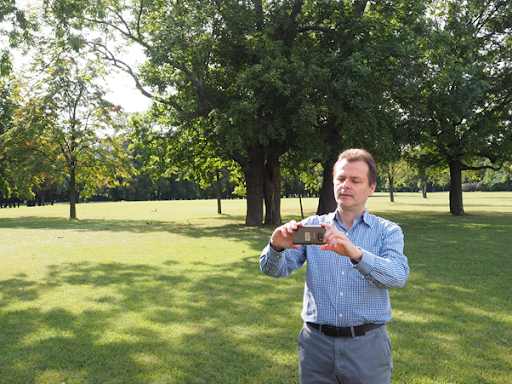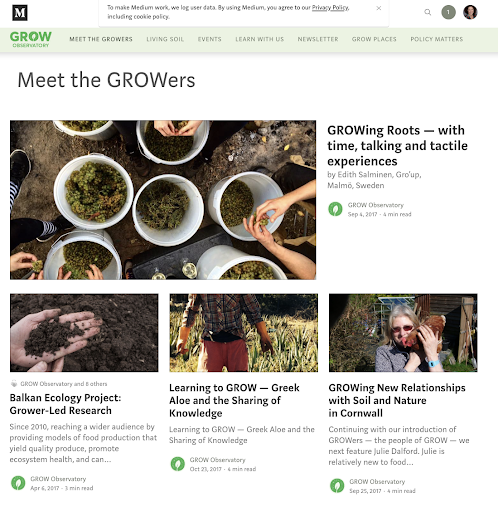
Image: IIASA
Now it’s time to think about how to keep participants engaged.
It’s essential to keep motivation high when collecting data. Without engaged volunteers, citizen science can’t work. Motivated participants who find meaning and value in their efforts are more likely to generate robust data sets. Motivated participants also promote projects more, and thus achieve more impact.
If you’ve participated in a citizen science project before, can you remember what it was like to be a citizen scientist? What motivated you to join and stick with it?
It’s important to remember that participants have different motivations. During the design phase of your project, it is vital to think about how your project relates to participants and to what extent. If your participants see the impact of the problem monitored by the project in their daily life, for example if “their” river is polluted, they are more likely to take ownership of the project and stay engaged.
We discussed this, and many similar ideas, in the "How to create a community" section of Part 1. There are many tools and channels that you can set up during the design phase of the project, such as two-way communication channels, that will also keep everyone motivated as the campaign continues.
One of the strongest motivators for participants is the desire to make a difference or impact on the target issue. Now that your campaign has kicked off make sure that you are sharing any developments towards this goal, especially as a picture starts to emerge from the data. Encourage participants to share their experiences, especially any improvements or innovations that they have come up with themselves.
Remember also that a community of participants can often help motivate each other, by sharing their interest in the goals of the project, their experiences, and solutions to common problems.
In the Making Sense project in Barcelona, community champions set up a Facebook Page where they could discuss and share their experiences with noise pollution, and where in their homes they were placing their Smart Citizen noise sensors, and how to troubleshoot any technical difficulties that a new participant might bump into. It was also a place for the project leaders to get help with any more serious technical problems. So, it was a great place for everyone to keep engaged and monitor the progression of the campaign. Even after the campaign finished, the Community Champions page was still active, with many members sharing information and opportunities in citizen science.
FotoQuest Go is a citizen science initiative aimed at collecting observations of land use and land cover across Europe. Participants go to specific locations and take photographs using the FotoQuest Go app and identify the land cover, such as crops, grass, forest, road, or buildings. This project developed a near real-time feedback tool that allowed the project team to assess the quality of contributions made by citizens and give customised feedback within 24 hours each time data was submitted. The tool also helped participants communicate with the team when they had questions. Almost 90% of participants said that the near real-time feedback tool was quite useful.

Image: GROW
Another example of excellent communication and community-building for engagement is in the Grow Observatory, where the online publishing platform Medium was used to showcase the participants in the project and let them tell their own stories. By boosting this sense of all of the other people participating around the world, participants could feel part of a larger movement, with something bigger at stake than their own small plot for growing. This kept motivation high throughout the project.
These are all good examples of how to keep participants motivated and the quality of data they collected high. What strategy could you use to keep volunteers engaged?